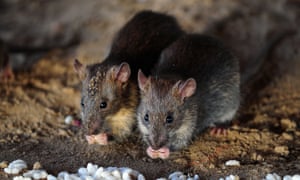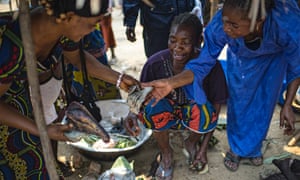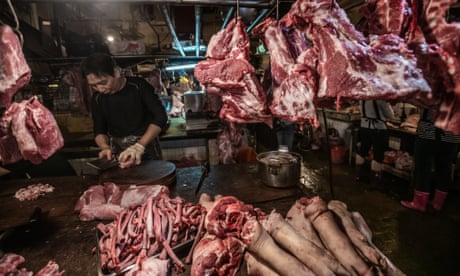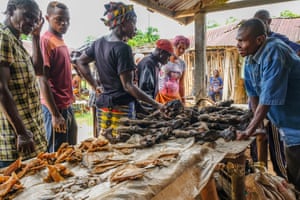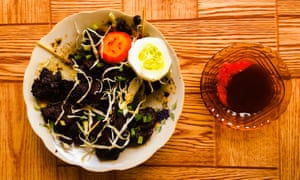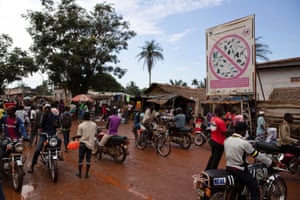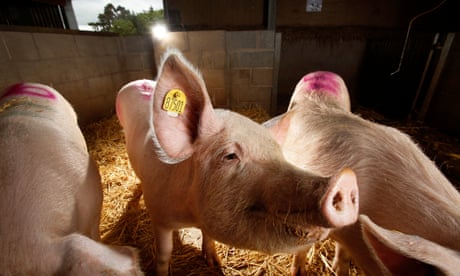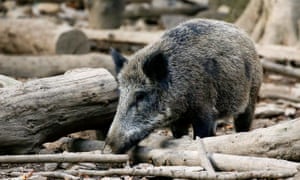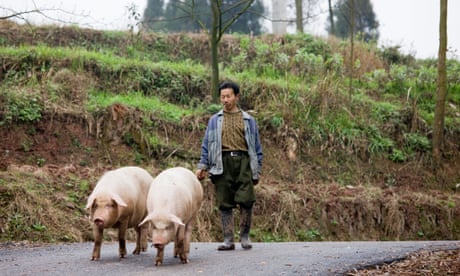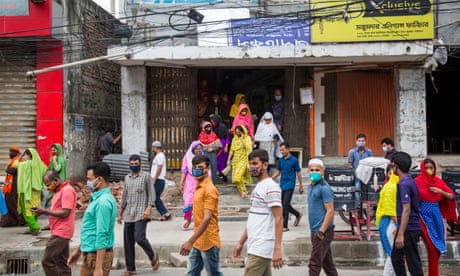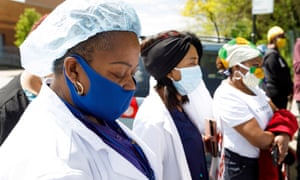As COVID-19 shutdowns spike unemployment, the labour body's Guy Ryder discusses how governments can protect workers.
23 May 2020
The coronavirus pandemic has changed the way we live.
Nearly every country in the world has been affected. There have already been millions of infections, and hundreds of thousands of deaths.
And while scientists work on developing a vaccine, governments are focusing on reducing the number of infections through social distancing and other preventive measures.
But these restrictions have brought with them countless financial losses across the globe. The coronavirus recession is considered to be the worst economic downturn since the Great Depression of 1929.
As COVID-19 measures halt international trade, shut down airports and leave businesses bankrupt, tens of millions of people have lost their jobs. And for many, being unemployed in the middle of a pandemic means not only losing their income but also losing access to healthcare.
So, how can governments protect their workers and rebuild their economies?
The director-general of the International Labour Organization (ILO), Guy Ryder, talks to Al Jazeera.
23 May 2020
The coronavirus pandemic has changed the way we live.
Nearly every country in the world has been affected. There have already been millions of infections, and hundreds of thousands of deaths.
And while scientists work on developing a vaccine, governments are focusing on reducing the number of infections through social distancing and other preventive measures.
But these restrictions have brought with them countless financial losses across the globe. The coronavirus recession is considered to be the worst economic downturn since the Great Depression of 1929.
As COVID-19 measures halt international trade, shut down airports and leave businesses bankrupt, tens of millions of people have lost their jobs. And for many, being unemployed in the middle of a pandemic means not only losing their income but also losing access to healthcare.
So, how can governments protect their workers and rebuild their economies?
The director-general of the International Labour Organization (ILO), Guy Ryder, talks to Al Jazeera.




